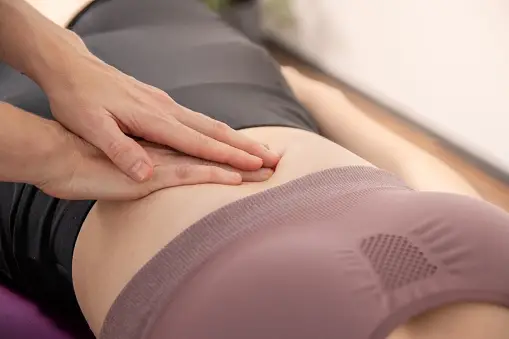Maintaining body contouring results involves a combination of healthy habits and ongoing care. Here are some tips:
- Stay Active: Regular exercise helps to maintain muscle tone and prevent fat accumulation. Aim for a combination of cardiovascular exercise and strength training to keep your body in shape.
- Eat a Balanced Diet: Nutrition plays a crucial role in maintaining your body contouring results. Focus on consuming a variety of nutrient-dense foods, including fruits, vegetables, lean proteins, and whole grains. Limit your intake of processed foods, sugary snacks, and high-fat meals.
- Stay Hydrated: Drink plenty of water throughout the day to keep your body hydrated and support overall health. Adequate hydration helps with digestion, metabolism, and maintaining skin elasticity.
- Limit Alcohol and Caffeine: Both alcohol and caffeine can dehydrate the body and potentially interfere with your body contouring results. Limit your intake of these substances and opt for water or herbal teas instead.
- Get Enough Sleep: Quality sleep is essential for overall health and well-being, including maintaining body contouring results. Aim for 7-9 hours of sleep per night to support optimal recovery and muscle repair.
- Manage Stress: Chronic stress can lead to weight gain and sabotage your body contouring efforts. Practice stress-reducing activities such as meditation, yoga, deep breathing exercises, or hobbies you enjoy.
- Follow Post-Procedure Instructions: If you underwent a surgical body contouring procedure, follow your surgeon’s post-operative instructions carefully. This may include wearing compression garments, avoiding certain activities, and attending follow-up appointments.
- Monitor Your Progress: Keep track of your progress by taking measurements and regularly assessing your body contouring results. This will help you stay motivated and make any necessary adjustments to your routine.
- Consider Maintenance Treatments: Depending on the type of body contouring procedure you underwent, you may benefit from occasional maintenance treatments to help preserve your results. Consult with your healthcare provider for personalized recommendations.
- Be Patient and Consistent: Maintaining body contouring results is a long-term commitment. Be patient with yourself and stay consistent with your healthy habits to achieve lasting success.
What are the side effects of body contouring?
Body contouring procedures, whether surgical or non-surgical, may carry some potential side effects. The specific side effects can vary depending on the type of procedure performed and individual factors. Here are some common side effects associated with different body contouring treatments:
- Surgical Procedures (such as liposuction, tummy tuck, or body lift):
- Pain and discomfort: Pain and discomfort are common after surgical procedures and are usually managed with pain medications.
- Swelling and bruising: Swelling and bruising are normal and may persist for several weeks following surgery.
- Scarring: Surgical incisions will result in scars, which may vary in size and visibility depending on the technique used and individual healing.
- Infection: There is a risk of infection following any surgical procedure. Proper wound care and antibiotic medications can help reduce this risk.
- Hematoma or seroma: Collection of blood (hematoma) or fluid (seroma) under the skin may occur and may require drainage.
- Changes in sensation: Temporary or permanent changes in sensation, such as numbness or tingling, may occur in the treated area.
- Non-surgical Procedures (such as cryolipolysis, laser therapy, or radiofrequency treatments):
- Temporary discomfort: Some non-surgical treatments may cause temporary discomfort, redness, or bruising at the treatment site.
- Skin reactions: Skin reactions such as swelling, itching, or tenderness may occur after non-surgical procedures but typically resolve within a few days.
- Changes in sensation: Similar to surgical procedures, non-surgical treatments may also cause temporary changes in sensation in the treated area.
- Uneven results: Non-surgical body contouring treatments may not always produce perfectly symmetrical or uniform results.
- General Risks:
- Adverse reactions: Some individuals may experience allergic reactions to anesthesia or other medications used during surgery.
- Unsatisfactory results: While body contouring procedures can improve body shape and appearance, results may not meet patient expectations in some cases.
It’s essential to discuss potential side effects and risks with your healthcare provider before undergoing any body contouring procedure. Additionally, following pre- and post-operative instructions carefully can help minimize the risk of complications and optimize recovery.

